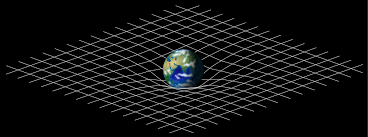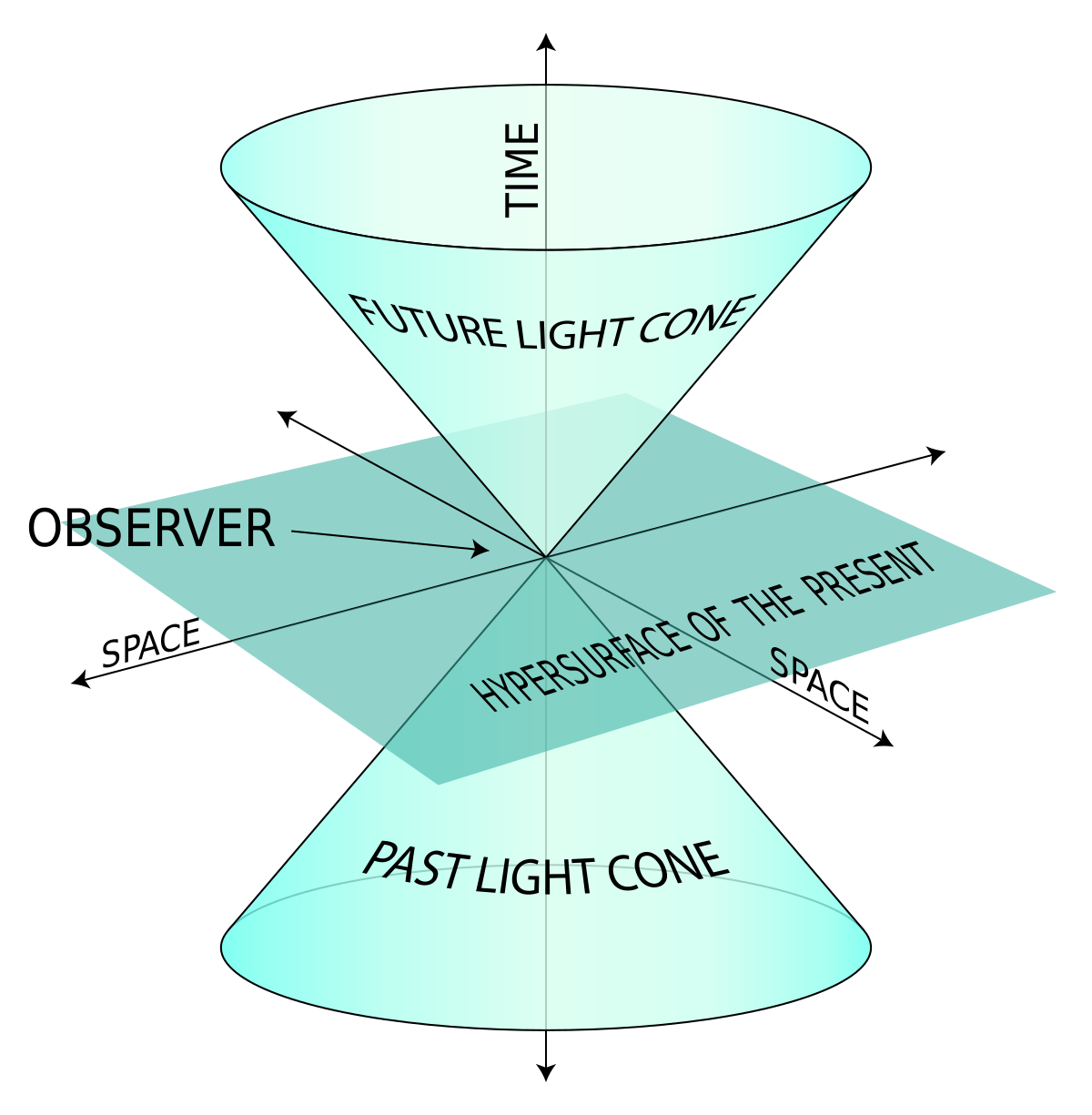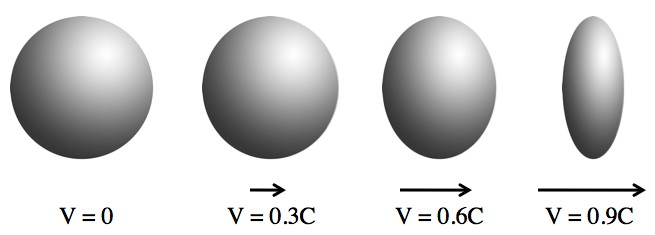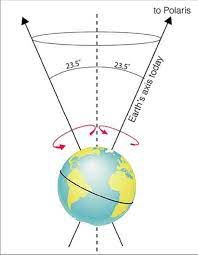cThe primary difference between general relativity and special relativity is that general relativity pertains to gravity and acceleration, whereas special relativity pertains to speed and time. General relativity describes the relationship between an observer and acceleration, whereas special relativity shows us the relationship between an observer and constant speed.
Basics of Theory of Relativity
Special relativity was first developed by Albert Einstein in 1905. It was in 1916 that he proposed the general theory of relativity. Modern physics was built on these two theories. When matter’s velocity reaches the speed of light, its behavior can be described by the theory of relativity. Furthermore, the limiting velocity of natural space is the speed of light, which is emphasized in the theory of relativity.
A study of relativity identifies how multiple observers interpret the same event. Even though relativity is often associated with Einstein, the concept did not originate with him.
There have been many centuries of research into the concept of relativity. Galileo and Newton clearly explained classical relativity. Albert Einstein first introduced the “theory of relativity” or simply “relativity,” and it refers to two theories: the “Special Relativity” and the “General Relativity.” The theory of relativity underpins modern physics. Nuclear physics, astronomy, and cosmology are all fields in which these theories are widely applied.
Observers who are experiencing constant velocity are accounted for by Special Relativity, whereas General Relativity covers those who are experiencing acceleration. His theories of relativity generated revolutionary predictions in the world of physics, giving him a lot of fame. He modified our explanation of space and time forever because his theories were extremely well-tested in a variety of experiments.
During the 20th century, relativity revolutionized theoretical physics and astronomy, replacing a 200-year-old mechanics theory primarily created by Isaac Newton. Among the concepts introduced were space-time as a unified entity of space and time, the relativity of simultaneity, kinematic and gravitational dilation of time and length contraction.
In physics, relativity provided insights into elementary particles and their fundamental interactions, as well as ushering in the nuclear age. Astrophysics and cosmology predicted extraordinary astronomical phenomena using relativity, including neutron stars, black holes, and gravitational waves.

General Relativity vs. Special Relativity in Terms of Development
In this section, we’ll dig into the history of general relativity and special relativity.
Special Relativity
In 1905, the theory of special relativity was published by Albert Einstein, based on the work of Albert A. Michelson, Hendrik Lorentz, Henri Poincaré, and many others. Later work was done by Max Planck, Hermann Minkowski and others.
In Einstein’s paper, he provided a definition for space and time that was fundamentally new. The author asserted that all time and space coordinates are on an equal footing in all reference frames, which means that distinguishing between “true” and “apparent” time has no physical basis. Axiomatically, Einstein based his theories on a pair of fundamental principles, the principle of relativity and the principle of light constancy (light principle).
Special relativity was understood and accepted by the physics community by the 1920s. Scientists and experiments in the new fields of atomic physics, nuclear physics, and quantum mechanics quickly adopted it as a crucial tool.
General Relativity
During the 1907-1915 period, Einstein developed general relativity, with contributions from others afterward. 1916 was the year of the publication of the final form of general relativity. The term “theory of relativity” is derived from Planck’s phrase “relative theory” from 1906, which emphasized how the theory relied on the principle of relativity. Alfred Bucherer used for the first time the term “theory of relativity” in the discussion section of the same paper.
The general relativity theory did not appear to be as useful as special relativity, beyond making minor changes to Newtonian gravitation theory predictions. Since most of the assertions were on an astronomical scale, it seemed that it offered little potential for experimental testing. Mathematically, it seemed difficult, and only a few people could fully understand it. From 1960 onwards, general relativity became an integral part of physics and astronomy.
In the application of new mathematical techniques to general relativity, calculations were simplified, and concepts were more easily visualized. The theory explained the attributes of discovered astronomical phenomena, such as quasars, the 3-kelvin microwave background radiation, pulsars, and black hole. The measurements further confirmed the theory.
General Relativity vs. Special Relativity in Terms of Definitions
Special relativity deals with all physical phenomena that do not involve gravity. The law of gravitation and its relationship to other forces of nature are explained by general relativity. Cosmology and astrophysics, including astronomy, are covered by this concept.
Special Relativity
Prior to Einstein, Isaac Newton proposed the laws of the universe. However, some aspects of the theory were missing, and it was in all inertial reference frames. The theory of special relativity describes the structure of space-time. “On the Electrodynamics of Moving Bodies” by Einstein was the paper to describe special relativity in 1905. It relies on two postulates that are contrary to classical mechanics:
- All observers are subject to the same laws of physics in any relative inertial frame of reference to one another (on the basis of the principle of relativity).
- No matter how the light source moves or how the observers move relative to one another, the light speed is the same in a vacuum.
The resultant theory is more experimentally applicable than classical mechanics. The theory of special relativity shows the relationship between space and time. It says that the two terms are not distinct. It describes how this concept relates to objects moving at a constant speed.

In other words, as the object approaches the speed of light, the mass of the object becomes infinite. Then it won’t be able to go faster than the speed of light. According to it, the mass of an object changes when it moves; So, it is a function of velocity. Also, the object expands in the direction of motion.
General Relativity
Einstein developed the theory of general relativity from 1907 to 1915. The equivalence principle led to the development of general relativity, under which states of accelerated motion and rest in a gravitational field (for example, standing on the Earth’s surface) are identical from a physical standpoint. According to this, free fall can be described as inertial motion: an object in free fall is falling since that is how objects move when there is no force acting on them, as opposed to gravity acting on them in classical mechanics.
This is in conflict with classical mechanics and special relativity because, in those theories, inertially objects in motion cannot accelerate in relation to each other, but they do in free fall. Einstein designed spacetime as curved to overcome this problem. It was Einstein who proposed in 1915 the Einstein field equations, which relate the curvature of spacetime to the mass, energy, and momentum inside it.
Therefore, in general relativity, gravity is involved. In this theory, the gravitational force is described as a continuous, non-c spatial whole of space and time. Compared to the special theory of relativity, the general theory is considered to be more advanced and more widely applicable.
The force of gravity is explained by general relativity in terms of curving four-dimensional space-time. Einstein argued that the gravitational and accelerative forces are the same. As a result of his findings, the validity and logic of all physical laws are well-founded and consistent regardless of the observer’s location.
Nothing moves faster than the speed of light, according to the theory of general relativity. The forces of gravity or gravitational pull between two objects will, however, increase if they are closer together. As a result, whether we are far away or close together, the attraction changes very quickly. As well as explaining a broad range of space-times, general relativity stresses that the physics laws remain the same in all reference frames.
According to general relativity, mass and energy distort space-time when applied in given amounts. In the equation, the left-hand side represents the curvature of space-time that we recognize its influence as gravitational force. It is similar to the term on the left-hand side of Newton’s equation. The term on the right-hand side of the equation tells us how mass, energy, momentum, and pressure are distributed in the Universe.

General Relativity vs. Special Relativity in Terms of Consequences
Many surprising and counterintuitive consequences follow from the theory of relativity.
Special Relativity
Some important consequences of the theory of special relativity include:
Relativity of Simultaneity
Physicists define simultaneity relativity as the fact that distant simultaneity – whether two events happen at the same time despite being separated in space – depends on how the reference frame of the observer. In other words, In the case of observers with relative motions, two events that are simultaneous to one can appear not to be simultaneous to another.
Time Dilation
The concept of time dilation is used in physics and relativity to describe the difference in elapsed time when measured by two clocks. They differ either because they have a different relative velocity or because their locations have different gravitational potentials. The clocks of moving observers tick more slowly than the clocks of stationary observers.
Length Contraction
The length of an object is measured to be shorter than its own rest frame length when it is moving; this is a phenomenon called length contraction. It is also called Lorentz contraction or Lorentz–FitzGerald contraction. The phenomenon is generally only noticeable at a considerable fraction of the speed of light. A contraction of length occurs only in a direction where the body is moving.

Maximum Speed Is Finite
The speed of light is the maximum speed of any physical object, message, or field line traveling in a vacuum.
Mass–Energy Equivalence
As used in physics, mass-energy equivalence describes the relationship between mass and energy in a rest frame of a system, with only a constant and a unit of measurement separating the two quantities. Albert Einstein’s famous formula describes this principle as follows:
E=mc^{2}
In its rest frame, a particle’s energy E is defined as the product of its mass (m) and the speed of light squared (c2). Due to the large value of the speed of the light (approximately 3×108 meters per second), the formula expresses how a small mass can correspond to a vast amount of energy, regardless of the composition of the matter.
Relativistic Mass
Special relativity uses the word mass in two different ways: invariant mass (also called rest mass) is the same for all observers in all frames. In contrast, relativistic mass varies with the velocity of the observer. Based on the concept of mass-energy equivalence, invariant mass equates to rest energy, while relativistic mass is equal to relativistic energy (also known as total energy).
General Relativity
General relativity has the following consequences:
Gravitational Time Dilation
A gravitational time dilation is a form of time dilation in which the observed elapsed time between two events differs according to distance from the gravitating mass. When the gravitational potential is low (closer to the source of gravitation), then time passes more slowly, speeding up as the gravitational potential increases (the clock gets farther from the source of gravitation).
Precession
The precession of an astronomical body’s axis is the process by which the rotational axis slowly traces out a cone. Earth passes through one of these processional cycles in a period of approximately 26,000 years, equivalent to one degree every 72 years. During this time, the position of stars will gradually change in equatorial coordinates as well as ecliptic longitude. Over this cycle, the north axial pole of Earth moves from its current position in a circle around the ecliptic pole, and its angular radius is about 23.5°.

Light Deflection
According to general relativity, whenever light passes near a star, it follows the curvature of spacetime. Observations of light from distant quasars or stars deflected as it passes the Sun initially confirmed this effect.
Metric Expansion of Space
With time, any two gravitationally unbound objects of the observable universe will become more distant from each other. There is a change in the scale of space itself due to intrinsic expansion. There is no expansion “into” or need for outer space for the universe to exist. Space and objects do not move technically. However, the metric (which determines the geometry and size of spacetime itself) changes in scale.
As the scale of the universe’s spacetime metric increases, objects get further away from one another at ever-increasing speeds. Observers in the universe may believe that all of space is expanding and that all but the closest galaxies (bound by gravity) are receding at speeds in proportion to their distances from the observer.
While objects within space cannot reach the speed of light, this limitation does not apply to the changes in the metric itself. Consequently, when the distance between distant objects is great enough, their speeds exceed even the speed of light, and they become impossible to observe, limiting the size of our observable universe.
Buy Equipment or Ask for a Service
By using Linquip RFQ Service, you can expect to receive quotations from various suppliers across multiple industries and regions.
Click Here to Request a Quotation From Suppliers and Service Providers
Read More on Linquip




This is fascinating, I am trying to understand black holes and reading Brian Cox’s book as I found Steven hawking’s far to difficult.
This has helped with my understanding of relativity as well as light cones. The section on procession makes my think about the Maya Calender.
Thanks for visiting our website and leaving your comment, Denise! You are encouraged to visit Linquip Tech News, where you can find similar posts.